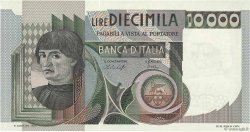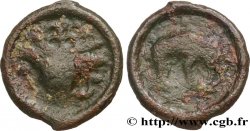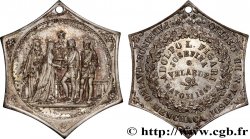Usted debe firmar y ser un comprador aprobado para pujar, Inicia sesión para pujar. Las cuentas están sujetas a la aprobación y el proceso de aprobación se alcanzan dentro de las 48 horas. No espere hasta el día en una venta se cierra el registro.Al hacer una oferta en este artículo usted está firmando un contrato jurídicamente vinculante para comprar este artículo y haga clic en «oferta» constituye una aceptación de los términos de uso de live auctions de cgb.fr.
La subasta debe ser colocado en euros enteros cantidades venta only.The se cerrará en el momento en la descripción del artículo, no se ejecutarán las ofertas recibidas en el sitio después de la hora de cierre. Veces Transmition pueden variar y las ofertas pueden ser rechazadas si espera a los últimos segundos. Para más información envie el FAQ Live auction.
Las ofertas ganadoras estarán sometidas a un 18% IVA incluido por gastos de participación a la venta.
Las ofertas ganadoras estarán sometidas a un 18% IVA incluido por gastos de participación a la venta.
| Valoración : | 400 € |
| Precio : | no oferta |
| Oferta más alta : | no oferta |
| Fecha de fin de la venta : | 24 octubre 2023 19:02:29 |
Tipo : Médaille, Isotta degli Atti
Fecha: 1446
Nombre del taller / ciudad: Italie
Metal: bronce
Diámetro: 40 mm
Eje de acuñación: 12 h.
Acuñador DE PASTI Matteo (1420-1468)
Peso: 34,5 g.
Canto: lisse
Comentarios sobre el estado de conservación:
Médaille postérieure, de 2 mm plus étroite, avec une belle apparence et une patine sombre
Anverso
Titulatura del anverso: D’ISOTTAE - ARIMINENSI.
Descripción del anverso: Buste à droit de Isotta degli Atti.
Reverso
Titulatura del reverso: ELEGIAE.
Descripción del reverso: Reliure de livre.
Comentario
Isotta degli Atti (née v. 1432 à Rimini et morte en 1474) est une noble italienne du XVe siècle. Elle fut la troisième épouse de Sigismond Malatesta. Elle est la fille de Francesco degli Atti, famille de riches marchands de Sassoferrato de la région des Marches. Elle fut présentée à Sigismond Malatesta alors qu'elle avait douze ou treize ans. Elle devint rapidement son amante et lui donna un fils en 1447 nommé Jean qui décéda quelques mois après. Après la mort de Polyxène Sforza, la deuxième épouse, en 1449, le mariage est célébré en 1456. Alors que les mariages précédant étaient infiniment politiques, celui-ci semble différent.
Matteo de' Pasti (Vérone, 1420 (?) - Rimini, 1468) est un médailleur, sculpteur et enlumineur italien du XVe siècle.
Il a été l'un des meilleurs médailleurs du Quattrocento (XVe siècle italien). Il a collaboré avec Giorgio d'Alemagna à Vérone, et à Ferrare à un bréviaire pour Lionel d'Este en 1445-1446. Il a rencontré Pisanello et le suivit en 1446 à Rimini où il effectua quelques-unes parmi ses plus fines médailles pour les plus illustres personnalités du temps (Sigismond Malatesta, Isotta degli Atti, Guarino Veronese, Timoteo Maffei et Leon Battista Alberti)..
Isotta degli Atti (born v. 1432 in Rimini and died in 1474) is an Italian noblewoman of the 15th century. She was the third wife of Sigismund Malatesta. She is the daughter of Francesco degli Atti, a wealthy merchant family from Sassoferrato in the Marche region.. She was introduced to Sigismund Malatesta when she was twelve or thirteen years old.. She quickly became his lover and bore him a son in 1447 named John who died a few months later. After the death of Polyxena Sforza, the second wife, in 1449, the marriage was celebrated in 1456. While previous marriages were endlessly political, this one seems different..
Matteo de' Pasti (Verona, 1420 (?) - Rimini, 1468) was an Italian medalist, sculptor and illuminator of the 15th century..
He was one of the best medalists of the Quattrocento (15th century Italy). He collaborated with Giorgio d'Alemagna in Verona, and in Ferrara on a breviary for Lionel d'Este in 1445-1446. He met Pisanello and followed him in 1446 to Rimini where he made some of his finest medals for the most illustrious personalities of the time (Sigismund Malatesta, Isotta degli Atti, Guarino Veronese, Timoteo Maffei and Leon Battista Alberti).
Matteo de' Pasti (Vérone, 1420 (?) - Rimini, 1468) est un médailleur, sculpteur et enlumineur italien du XVe siècle.
Il a été l'un des meilleurs médailleurs du Quattrocento (XVe siècle italien). Il a collaboré avec Giorgio d'Alemagna à Vérone, et à Ferrare à un bréviaire pour Lionel d'Este en 1445-1446. Il a rencontré Pisanello et le suivit en 1446 à Rimini où il effectua quelques-unes parmi ses plus fines médailles pour les plus illustres personnalités du temps (Sigismond Malatesta, Isotta degli Atti, Guarino Veronese, Timoteo Maffei et Leon Battista Alberti)..
Isotta degli Atti (born v. 1432 in Rimini and died in 1474) is an Italian noblewoman of the 15th century. She was the third wife of Sigismund Malatesta. She is the daughter of Francesco degli Atti, a wealthy merchant family from Sassoferrato in the Marche region.. She was introduced to Sigismund Malatesta when she was twelve or thirteen years old.. She quickly became his lover and bore him a son in 1447 named John who died a few months later. After the death of Polyxena Sforza, the second wife, in 1449, the marriage was celebrated in 1456. While previous marriages were endlessly political, this one seems different..
Matteo de' Pasti (Verona, 1420 (?) - Rimini, 1468) was an Italian medalist, sculptor and illuminator of the 15th century..
He was one of the best medalists of the Quattrocento (15th century Italy). He collaborated with Giorgio d'Alemagna in Verona, and in Ferrara on a breviary for Lionel d'Este in 1445-1446. He met Pisanello and followed him in 1446 to Rimini where he made some of his finest medals for the most illustrious personalities of the time (Sigismund Malatesta, Isotta degli Atti, Guarino Veronese, Timoteo Maffei and Leon Battista Alberti).







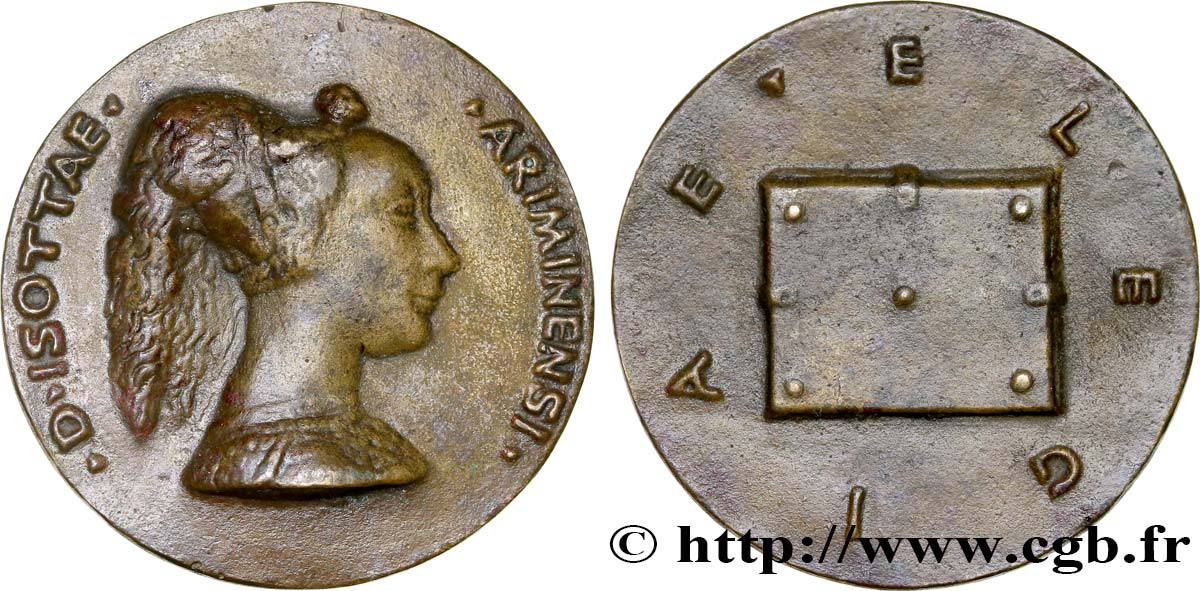
 Informar de un error
Informar de un error Imprimir la página
Imprimir la página Comparte mi selección
Comparte mi selección Haz una pregunta
Haz una pregunta Consignar / vender
Consignar / vender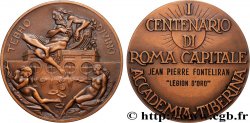
 Descriptivo
Descriptivo